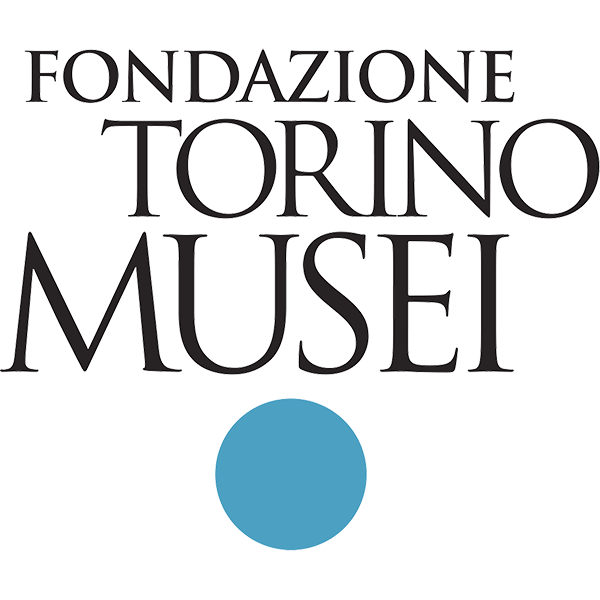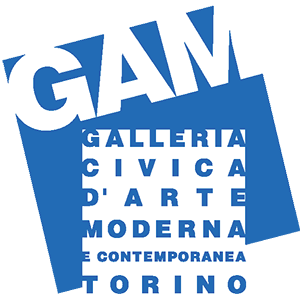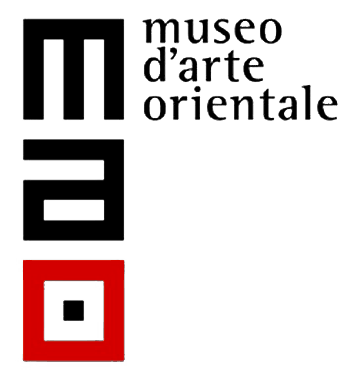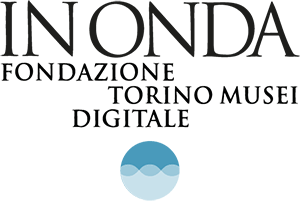Madama Cucchi
- Exhibition
- 5 November 2015 - 2 February 2016

Palazzo Madama offers a new occasion to create a dialogue between old masters and contemporary art, already explored in other editions of Artissima.
The diaphanous walls of the museum's South Veranda showcase three paintings and a limewood sculpture which continue Enzo Cucchi's never abandoned research into his relationship with old masters art.
For the second time, after 1993 exhibition at the Castello di Rivoli, Enzo Cucchi resonates with a space designed by the great Sicilian architect Filippo Juvarra.
The former Camera degli Specchi di Madama Reale, overlooking the square and the translucent backdrop of the staircase, is the ideal place for Cucchi, who has always claimed the artist's central and civil role in society: “I think that from the spiritual, moral, ethical point of view we must be novel buccaneers and create new forms of outpost”, in his adamant conviction that “it is the artists who have to give the images of the world”.
Three paintings, a face in each one of them. For each painting a weighty title confirming Cucchi's relationship with poetry, not a simple label but part and parcel with the work.
Per ora… basta: a prayer, an invocation committed to the face and intertwined hands of the pleurant; Sì… siamo in Italia: a two-faced Janus (or a Trinity descended from Mediaeval frescoes) staring at the visitor and at the same time turning his eyes away leaving behind a valley of tears. Testa dura:: a Giottesque profile, a pure volume like the cold diamond.
The limewood sculpture, the wood German Renaissance sculptors preferred, was conceived so as to be suspended in the middle of the room, like Piero della Francesca's egg, to symbolise the continuity of man and art. In Drone Dario the pointed spires crowning the sculpture are the apexes of a continuous flow of volumes wherein the Gothic cathedral leaves room to the domes of a Renaissance building and to the tufts of a palm tree. And in this flowing composition only two human figures can be found: in a distortion wherein the bodies lose their skin boundaries and become one essence.
Juvarra Veranda, with its high transparent windows and 18th-century ceiling, thus offers yet another chance to become familiar with Enzo Cucchi's reflection on sculpture: “I can think of a sculpture as a shadow; I like the idea that a sculpture may cast a shadow on an unlikely place: the sea, on something classical sculptures cannot otherwise usually reach; or a thing I used to like, also in this sense this sculpture and also see the sky”.
In conclusion to the exhibition a simple yet sophisticated catalogue, published by Nero, wherein architecture, drawing and painting interact and challenge the mind of the viewer.
The Madama Cucchi project was possible thanks to the support of Emilio Mazzoli.






